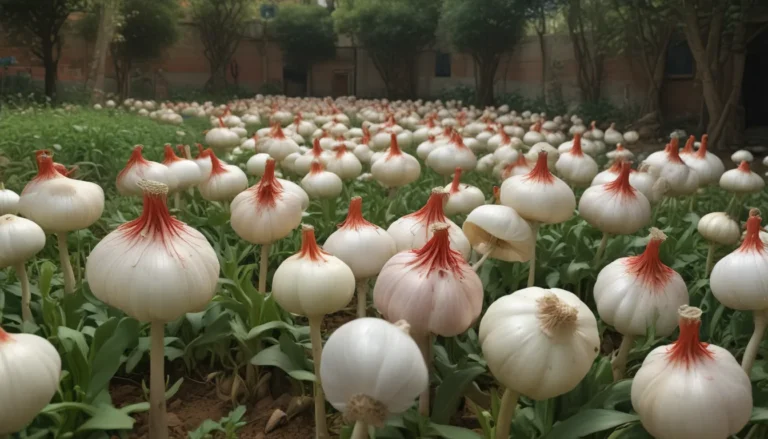Understanding Calendula: A Garden Charmer

Are you a fan of the beautiful, bright blooms in shades of orange, yellows, and creams that calendula offers? Also known as pot marigolds, these flowers are not only visually appealing but are also a popular addition to flower, herb, and vegetable gardens. If you grabbed a packet of calendula seeds during your spring fever and are wondering if they attract pests to your garden, you’re in the right place.
Let’s delve into the world of calendula, exploring its benefits, potential drawbacks, and the insects it attracts.
What Is Calendula?
Calendula, scientifically known as Calendula officinalis, is a versatile plant with a rich history. Beyond its ornamental value, it has been widely used in traditional medicine for its healing properties. Calendula extracts are known for their anti-inflammatory, anti-fungal, antibacterial, and even anti-cancerous properties, making them a valuable addition to any garden.
But what about its role in attracting insects, both good and bad?
Bugs Attracted to Calendula
Calendula is a magnet for various insects, some of which may not be welcome guests in your garden. Pests that are commonly attracted to calendula include blister beetles, spider mites, and aphids. However, before you dismiss calendula as a pest magnet, consider this: it also attracts beneficial insects like hoverflies, ladybugs, and lacewings.
The presence of these beneficial insects can play a crucial role in pest control and pollination in your garden. Calendula’s ability to attract a diverse array of insects makes it a valuable asset in maintaining a healthy ecosystem in your garden.
Calendula in the Garden: A Multi-Faceted Plant
When it comes to incorporating calendula into your garden, there are numerous benefits to consider. Beyond its aesthetic appeal, calendula plays a vital role in supporting populations of beneficial insects that contribute to pest control and pollination.
The flowers of calendula are a rich source of pollen and nectar, attracting predatory insects like pirate bugs and hoverflies. These insects, in turn, help suppress aphid and thrip populations, contributing to a healthier garden environment.
Moreover, studies have shown that intercropping calendula with certain vegetables can help reduce pest damage. For example, planting calendula alongside carrots can minimize nematode-induced damage, while pairing it with white cabbage can deter diamondback moths.
Additionally, calendula serves as an excellent trap crop, diverting pests away from valuable crops. By strategically placing calendula in your garden, you can lure pests away from your main crops, reducing the chances of infestations.
Making the Most of Calendula in Your Garden
If you’re considering adding calendula to your garden, keep in mind that it requires regular monitoring to ensure it remains healthy and pest-free. While it may attract a variety of insects, both beneficial and harmful, maintaining a balance is key to maximizing its benefits.
Consider implementing a trap-cropping strategy in your garden, using calendula as a decoy to protect your precious crops. By sacrificing infested calendula plants when necessary, you can prevent pests from spreading to other areas of your garden.
Remember to use safe insecticides that won’t harm beneficial insects when treating your plants. By taking proactive steps to protect your garden’s ecosystem, you can enjoy the beauty of calendula while reaping its many benefits.
Embrace the Beauty and Benefits of Calendula
In conclusion, calendula is a versatile and valuable addition to any garden. Its ability to attract a wide range of insects, both pests and beneficials, makes it a dynamic plant with multiple benefits. By understanding its role in pest control, pollination, and companion planting, you can make the most of this garden charmer in your own backyard.
So, if you’re planning to sow calendula in your garden this season, keep a close eye on the insects it attracts and observe how they influence your garden’s ecosystem. Whether you encounter ladybugs, hoverflies, or aphids, each insect plays a unique role in maintaining the balance of your garden.
And as you embark on your gardening journey with calendula, remember that its beauty extends beyond its vibrant blooms. By cultivating a diverse environment that welcomes both pests and beneficials, you can create a thriving ecosystem that sustains your garden for years to come.
Are you ready to embrace the beauty and benefits of calendula in your garden? Share your experiences and insights in the comments below. And for more tips on gardening with functional flowers, be sure to check out our guides on nasturtiums, marigolds for pest control, and growing bee balm.
I hope this article provides valuable insights into the world of calendula and inspires you to explore its potential in your garden. From attracting beneficial insects to serving as a trap crop, calendula offers a wealth of benefits for both novice and seasoned gardeners. So go ahead, plant some calendula seeds, and watch as your garden transforms into a thriving ecosystem filled with life and beauty.





